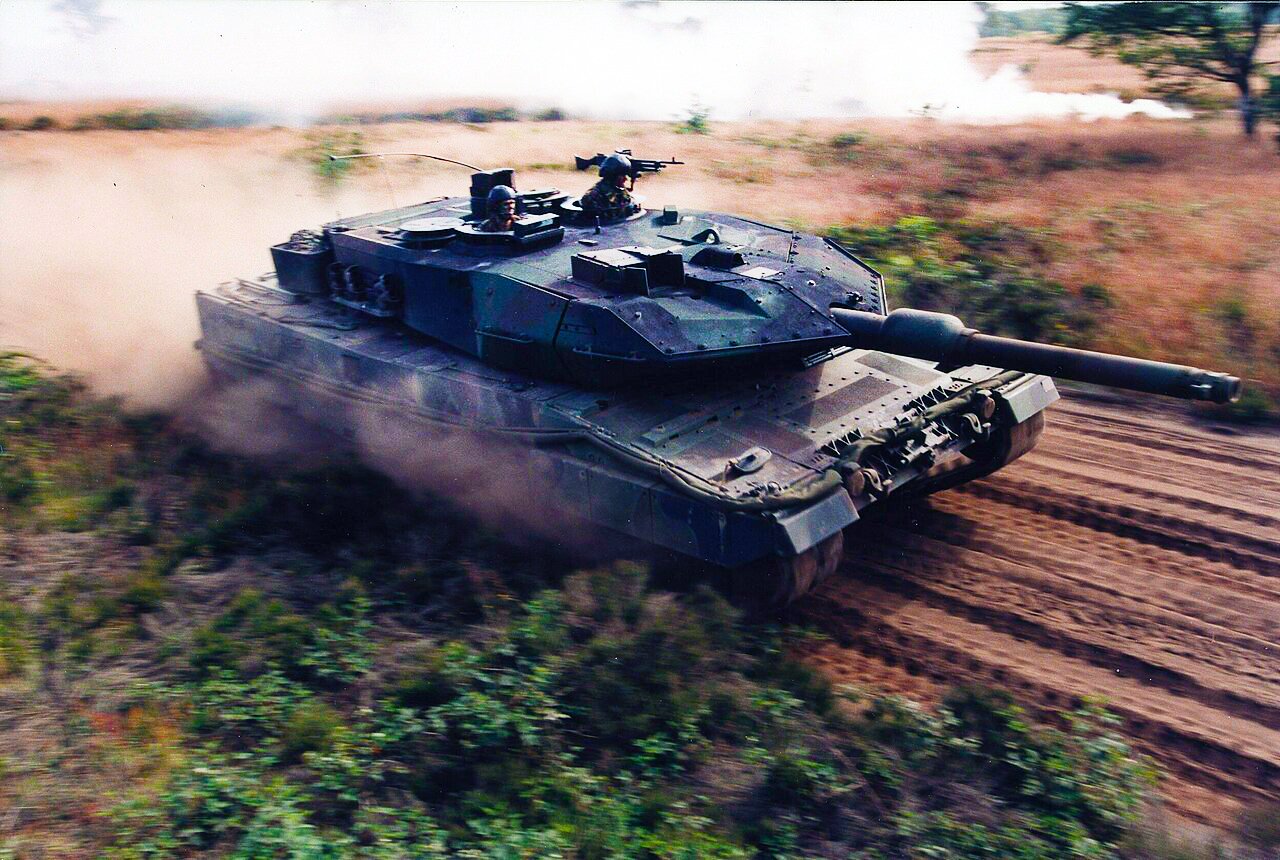The T-34 Tank: A Soviet “Tractor” That Reached Berlin
The introduction of the T-34 tank marked the beginning of a new era in armored warfare.
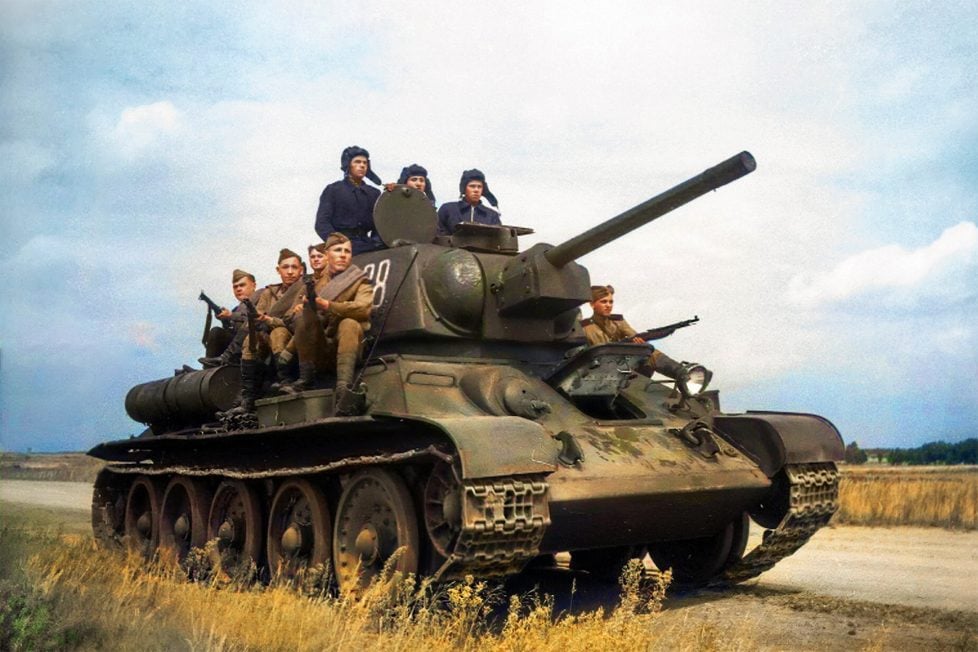
The introduction of the T-34 tank marked the beginning of a new era in armored warfare.

Table of Contents
ToggleDuring World War I, the British infantry suffered heavy losses. A vast number of the casualties came from perilous charges across open fields aiming to breach the enemy’s fortified positions. This tactic was often suicidal. To bolster their efforts, the British army developed the first tank. However, despite providing an edge on the battlefield, the tanks of World War I were slow and heavy. While being heavily armed, they lacked sufficient mobility and maneuverability. They were also often prone to engine failures and other malfunctions.
By the onset of World War II, things had changed. The quick conquests of Poland and France made it clear that the Germans had revolutionized tank warfare. In line with the “Blitzkrieg” tactics, German armored divisions deliberately used lightweight and fast tanks to spearhead attacks ahead of the infantry forces. Speed was critical to the German army’s early victories, particularly leading up to Operation “Barbarossa.”
The “Blitzkrieg” was heavily reliant on uninterrupted logistics. When the Germans launched Operation “Barbarossa,” they quickly realized that the vast steppes of the Soviet Union would overstretch their supply lines and hinder the pace of the offensive. Therefore, the early stages of the invasion achieved success, but were constrained. Logistical challenges weren’t the only obstacle the Germans encountered. They were confronted with a new type of tank, seemingly clad in impenetrable armor: the so-called Soviet “tractor” – the T-34 tank.
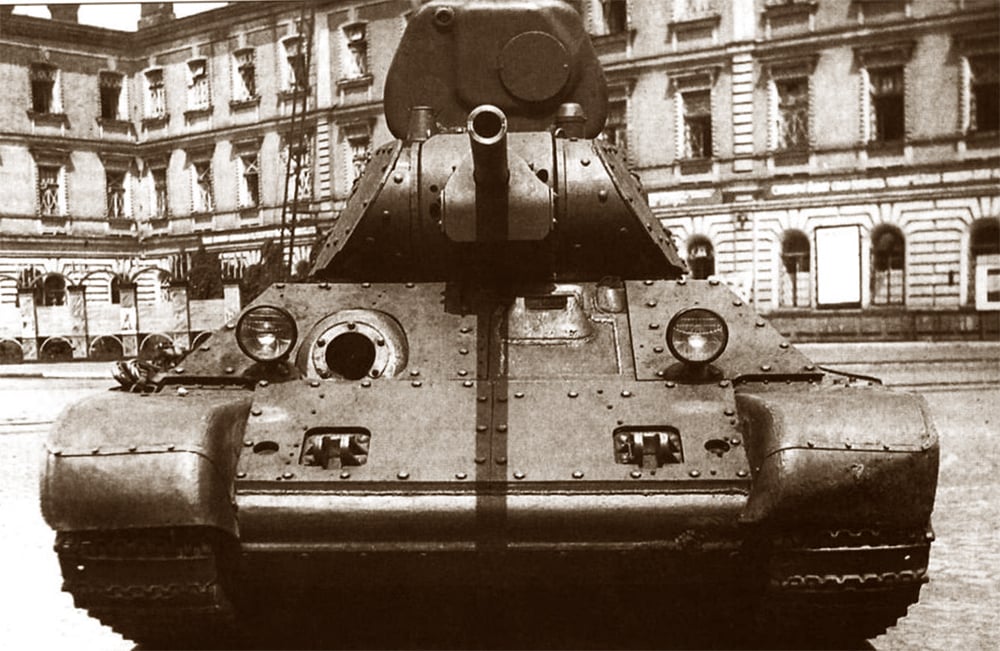
The development of the Soviet army was heavily constrained by political impediments, during the interwar period. Internal conflicts between political and military leaders bogged down any potential progress. At the outset of World War II, the standard-issue rifle for the Soviet army remained the Mosin-Nagant, first produced in 1891. The prevalent philosophy among political commissars and senior officers was: “If it is effective, then there is no need for an immediate change.”
During the interwar period, Soviet armored units were primarily equipped with armored cars and the BT-7 light tanks. While the BT-7 was fast, it was generally outmatched by contemporary German tanks. Initiatives to produce better tanks, such as the T-35 heavy tank, were quickly abandoned. A few T-35s saw action in the early days of the German invasion, but their hefty weight, fragile suspension, and unreliable engines made them vulnerable to the enemy’s anti-tank units.
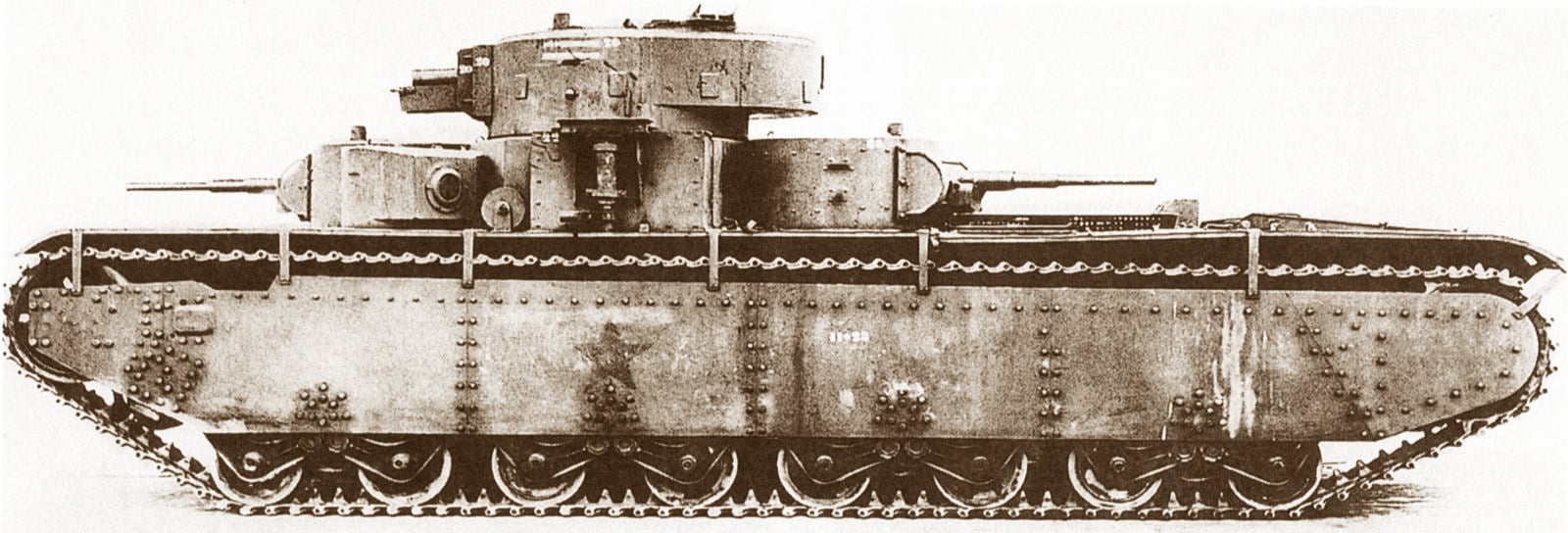
The Molotov-Ribbentrop pact gave Stalin assurance that the Soviet Union would be safe from German aggression. However, some within the Soviet establishment cautioned Stalin of Hitler’s intentions to breach the pact and launch an invasion of the Soviet Union. The Soviet leader remained unconvinced. Senior officers who recognized the looming threat and advocated for military reforms and modernization efforts were swiftly sent into exile by Stalin. He was more concerned with potential domestic plots and uprisings against his authoritarian rule. As a result, he undertook extensive purges, targeting military officers and state officials with close ties to the army.
These conditions prevented the Soviet army from modernizing and adapting to contemporary security challenges and threats. Yet, almost miraculously, the design of a particular tank, the T-34, managed to break through bureaucratic barriers and reach the production stage. Some may go as far as to say that the T-34 tank prevented Moscow, Stalingrad, and Leningrad from being occupied by Germany. At the very least, most would agree that the T-34 was instrumental in changing the tides of the war.
Before World War II began, a prominent Soviet military theorist by the name of Marshal Mikhail Tukhachevsky was advocating for army reforms. He was among the few who recognized the need for a new tank, after observing the rapid rise of the German army on one of his official state trips to Germany. After numerous rejections, the request was approved by the Soviet leadership, but not necessarily because of the Marshal’s concerns — the Soviet Union secretly plotted an invasion of Finland, and they needed a new tank to accomplish their plans. In 1937, Marshal Mikhail Tukhachevsky was accused of being a Nazi agent and executed as part of Stalin’s purges.
Before his execution, Tukhachevsky managed to assign the task to the Soviet tank designer, Mikhail Koshkin. Koshkin had developed the designs for the Soviet BT series of tanks. He determined that any new variant of the BT tank would be inferior to the latest German models. Instead, he conceived of a brand new tank design. Dubbed the T-34, this tank stood apart from its contemporaries at the beginning of World War II. It had cutting-edge armor protection, a reliable suspension, powerful armament, and impressive speed.
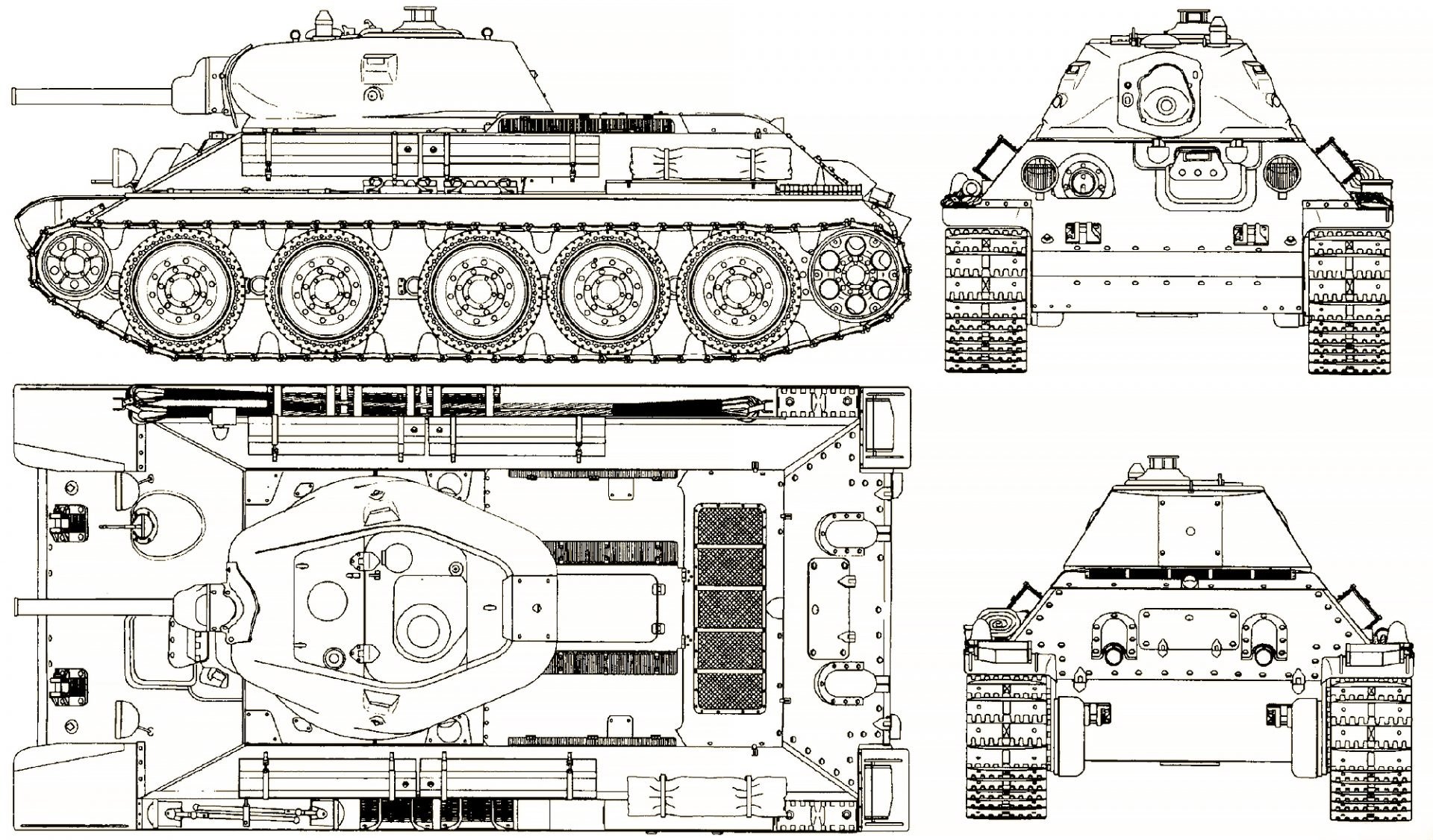
Mikhail Koshkin designed the T-34 tank, by closely following the theories of Marshal Mikhail Tukhachevsky which advocated for agile combined warfare. Theories that the Marshal seemingly “borrowed” from the German “Blitzkrieg.” Following Hitler’s invasion of the Soviet Union, the Soviet army adopted a defensive strategy known as “Deep Operation.” Interestingly, this strategy was pioneered by Mikhail Tukhachevsky, making the T-34 tank an ideal match.
In the first half of World War II, the German Army had limited options when facing the T-34 tank. The main battle tanks of the German army in the period between 1941 and 1942 were the Panzer Mark III and the early version of the Panzer Mark IV. The Panzer Mark III’s main armament was a 50-millimeter KwK 38 L/42 gun, and the main armament of the Mark IV was a 75-millimeter L/24 short-barreled gun. The short-barreled gun was excellent against fortifications and obstacles, but limited against tanks. The maximum speed of both of the tanks was 40 kilometers per hour (25 mph). They were reliable vehicles with robust armor protection, welded at 90-degree (perpendicular) angles, and were the backbone of the German “Blitzkrieg.”
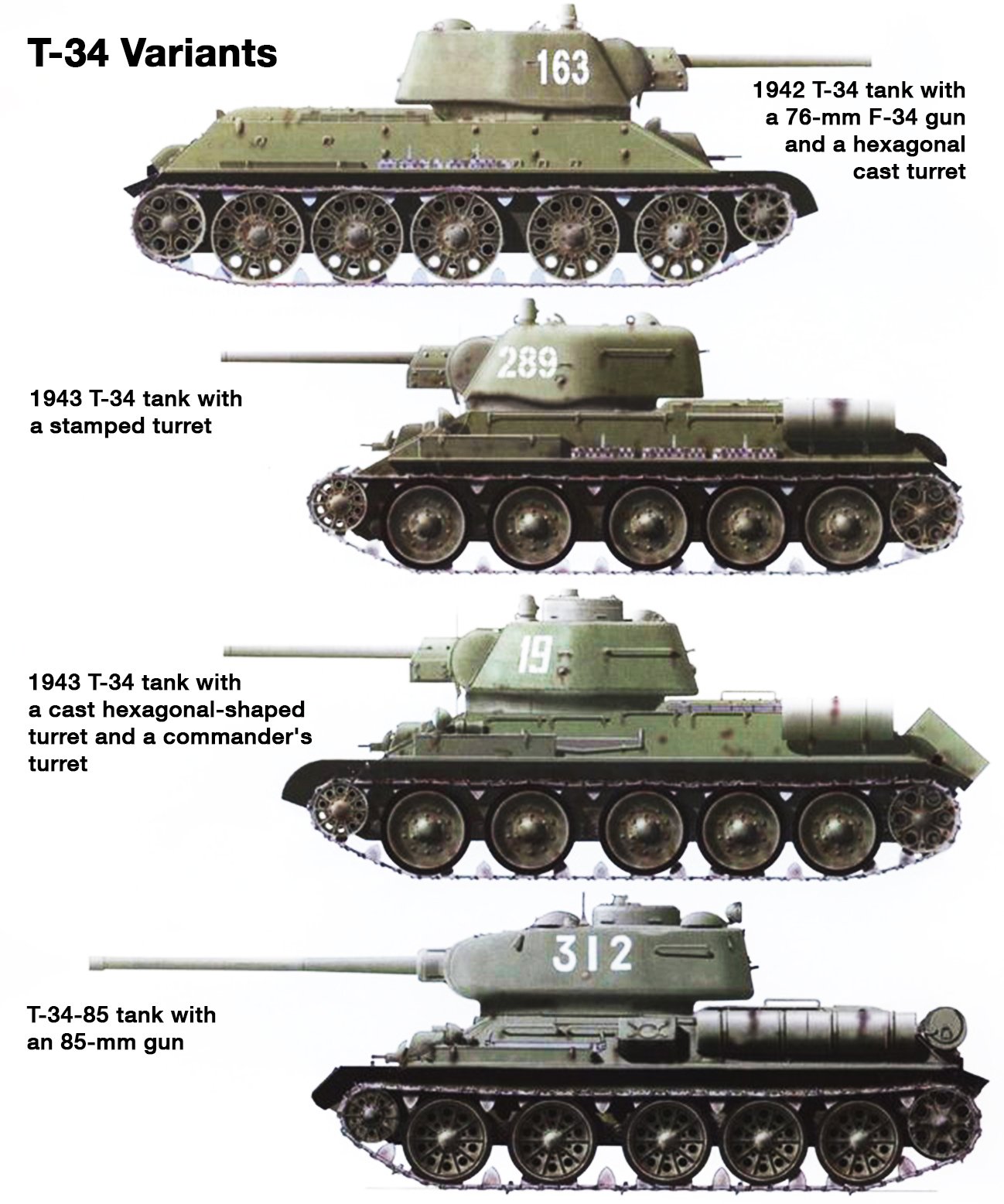
The T-34 tank boasted superior armor protection compared to its German counterparts due to the sloped armor plates. The tank’s hull featured armor plates welded at a 60-degree angle. It was evident to the Soviets that the sloped armor enabled better protection by having better chances of deflecting incoming rounds. In addition, the sloped armor decreased the tank’s weight and increased its speed and maneuverability. As a result, the T-34 tank had a maximum speed of 50 kilometers per hour (31 mph). The Germans were impressed by the T-34’s maneuvering ability and shocked by the ineffectiveness of their shell rounds. They designed a brand new tank based on the T-34: the German Panzer Mark V “Panther.”
To make matters worse for the Germans, the T-34 had a bigger gun than the German tanks. The early models of the T-34 tank were equipped with a 76.2-millimeter F-34 gun. Although the armor protection of the German tanks was formidable and, in some cases, highly resistant to the T-34’s gun, it was the superior speed of the Soviet tank that gave it an edge when it was most needed. It enabled the T-34 to maneuver into more favorable positions from which it could hit the side or the rear of the German tanks, where their armor was much thinner.
The T-34’s broad tracks gave it superior mobility compared to the German tanks, especially under extreme weather conditions. The T-34 tank had a special system that prevented the fuel from freezing in extremely cold temperatures. The system used a compressed air mechanism that stirred the diesel fuel in the diesel reservoirs to prevent it from freezing. The tank also had a special fuel filter that removed ice particles from the diesel fuel. The German tanks lacked such capabilities and as a result, often froze in place. They were frequently abandoned by their crews.
While the German war industry relied on factories that manufactured tanks using high-precision methods and sophisticated engineering, the Soviets were able to manufacture their tanks in almost every tractor factory in the country. Certain parts of the T-34’s engine were compatible with a tractor‘s engine, making maintenance and in-the-field repairs much easier. The cost and time required to manufacture a German Panzer Mark III tank were five times higher than the cost and the time to produce a T-34. Thus, producing the T-34 tank was much simpler and easier.
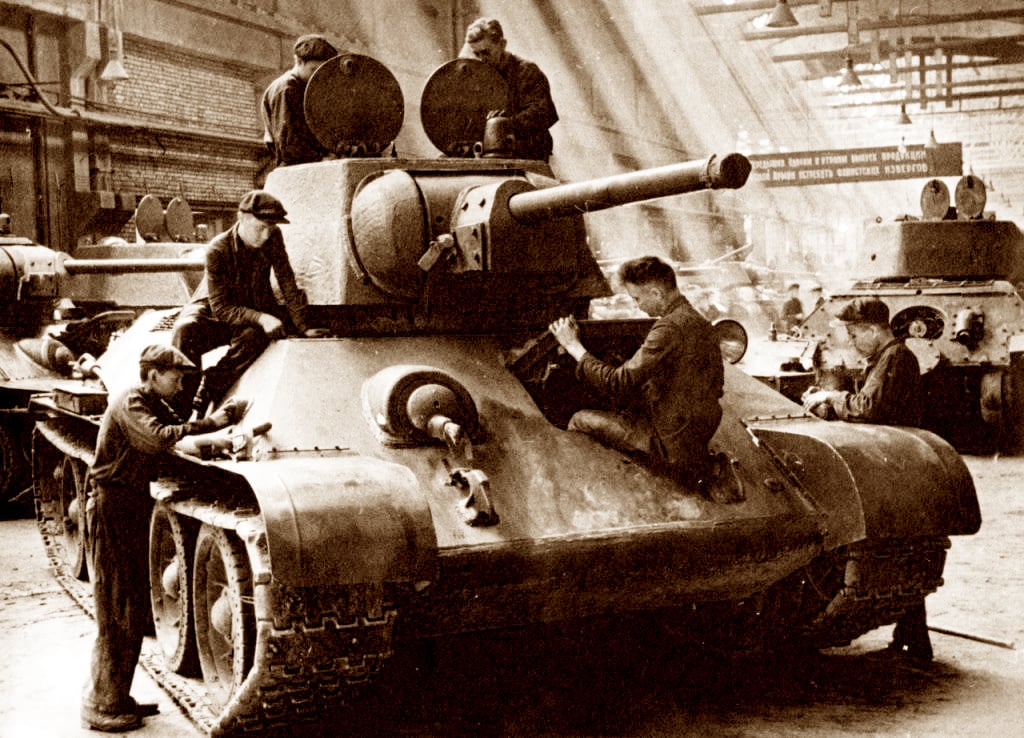
For instance, the tracks on most of the German tanks were connected by pins with locking mechanisms that required special tools for field maintenance. The T-34 tracks were connected with pins without locking mechanisms. Instead, the pins stayed in place using the track’s motion and a welded striker plate on the tank’s hull. If a pin was lost, it was replaced by using the most basic tool, a hammer. Naturally, this was very time and cost-efficient.
Despite its early to mid-war superior capabilities, the T-34 tank also had disadvantages. The Soviet tank lacked radio equipment. While being part of an armored formation, only the lead tank in the formation was equipped with a radio, the rest of the tanks relied on signaling flags. The lack of radios also made communication between the individual crew members more difficult. For instance, the tank commander used his feet to tap the driver’s shoulders to signal a required change in the direction of movement — a tap on the left shoulder meant “go left,” a tap on the right meant “go right.” Occasionally, this caused confusion and a disorganized formation.
The T-34’s dominance was slowly declining by the end of 1943, especially when the German Panzer Mark V “Panther” and the German Panzer VI “Tiger” showed up on the battlefield. The Soviets responded by integrating a new turret with a bigger gun onto the T-34 chassis. This resulted in the T-34/85 variant. However, by 1944, the German tanks held the edge despite the Soviet efforts to match them.
By the beginning of 1944, the T-34 tank lacked sufficient firepower to penetrate the armor of the newest German tanks. The T-34’s 76.2-millimeter, F-34 gun was outmatched by the “Tiger’s” 88-millimeter, KwK 36 gun. The F-34 lacked the required muzzle velocity to penetrate the armor of the new German tanks — muzzle velocity and shell type plays a significant role in the penetrative capabilities of tanks. In some cases, a high-velocity gun with a lower caliber can have more penetrating power than a low-velocity gun with a higher caliber.
Because of the urgent need for more tanks on the battlefield, the speedy manufacturing process didn’t always produce quality welds. This was especially apparent when it came to the joints on the T-34’s turret. These weaker welds caused the nearby joints to crack after the tank received a direct hit on the weld. After learning of this vulnerability, German anti-tank teams were trained to effectively spot weak points on the T-34 and direct their fire accordingly. This significantly increased their chances of stopping their target.
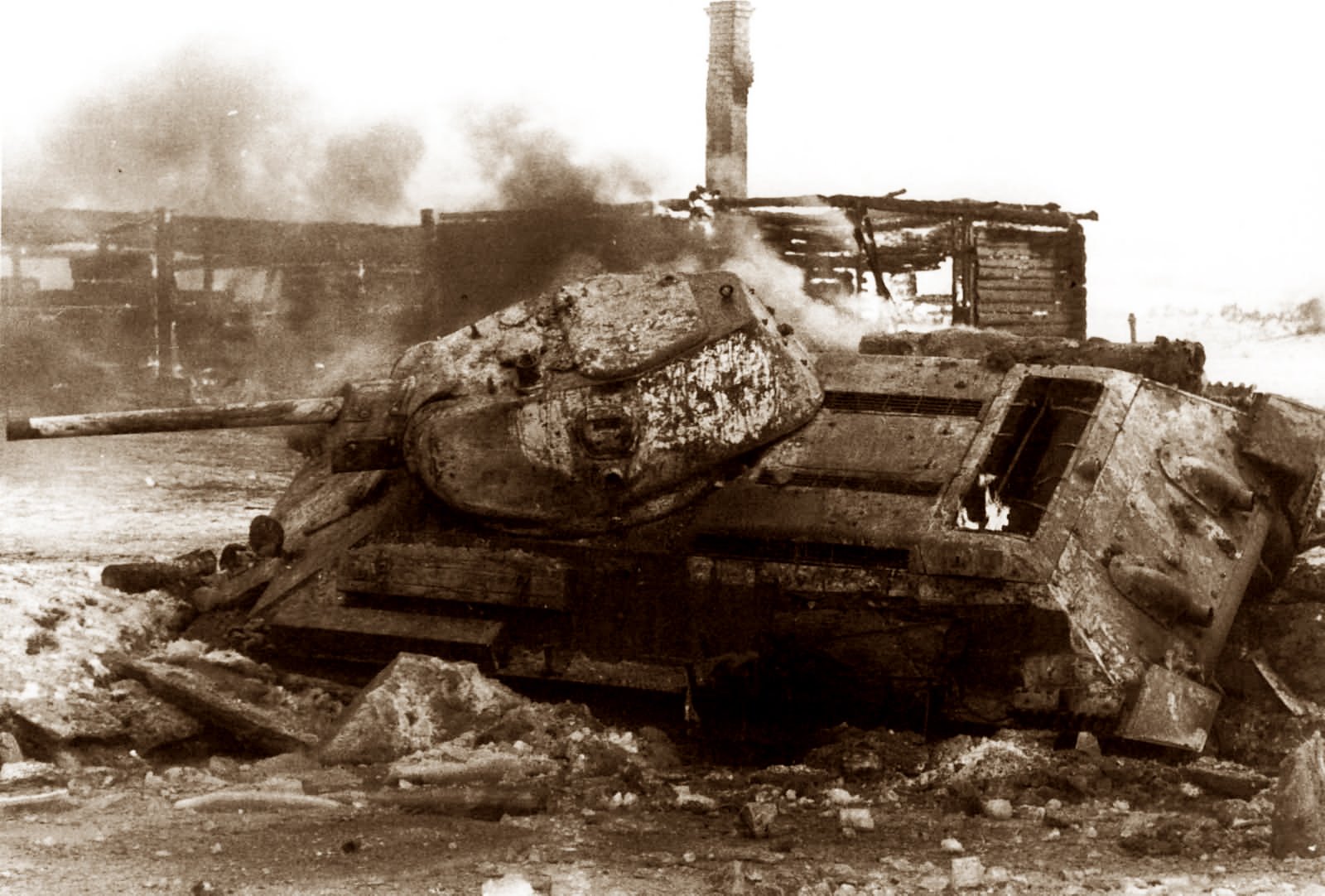
The Soviet military leadership was left with little choice but to send inexperienced and insufficiently trained tank crews to stop the German advance. There was not enough time for the Soviet high command to provide in-depth training to the T-34 tank crews. Therefore, T-34 crews were faced with an experienced and tactically superior enemy. Among the German forces, many participated in the Battle of France which gave them a large advantage over the Soviets.
From 1941 to 1943, the T-34 was arguably the best tank in the world. Its design set a precedent for the military and defense community, guiding the evolution of subsequent tank specifications. Modern tank development emphasizes striking the ideal balance between speed, mobility, protection, and firepower — all of these qualities demonstrated by the T-34.
In an ironic twist, it was the German army that first followed the design philosophy of the T-34, resulting in their arguably superior Panzer Mark V “Panther.” Post World War II, the Soviet Union used the T-34’s chassis as a foundation for subsequent designs, leading to the T-54, T-55, T-62, and even today’s Russian main battle tank, the T-72. The T-34’s capabilities and design influenced tank production across numerous nations. Prior to the T-34, tanks typically presented high profiles and were characterized by their high weight and limited mobility. From the T-34 onward and persisting to this day, tanks have had slimmer profiles, emphasizing agility, speed, and the ability to be upgraded with armor and firepower enhancements. This influence is evident even in Western designs like the US M1 Abrams, particularly in turret design, and Germany’s current-day, most advanced tank, the Leopard 2, which exhibits similar principles to the T-34.
